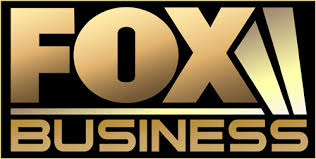 What are the outwardly visible warning signs that a good business is going bad? How can you tell when a rapid growth company is turning the corner to becoming a mature earnings company and you can kiss all those lucrative stock splits goodbye?
What are the outwardly visible warning signs that a good business is going bad? How can you tell when a rapid growth company is turning the corner to becoming a mature earnings company and you can kiss all those lucrative stock splits goodbye?Hired by Leo Burnett, the EVP Client Service asked me what I thought of rumors that Philip Morris might buy Kraft. I said I thought Philip Morris was preparing to reduce their dependency on tobacco profits from 96% to something in the range of 46%. No one believed me, so no one went after Kraft's new business except me, landing the Kraft BBQ sauce business for myself and not Leo Burnett. And there followed a string of Kraft account work resulting in Kraft's most successful growth period with brands turning in results well beyond anticipated category norms. I made a bundle and so did Kraft.
During that time Starbucks also took off. It was time to buy stock. I'd buy at $22, watch it rise to $44, split, then repeat the process again and again. So how did I know when to get out? When Starbucks launched milder dimensions coffees in a bid to become more things to more people. That was the beginning of the demise of Starbuck's brand equity. It was also the last time the stock grew and split. Starbucks had actually succeeded by being fewer things to fewer people. You had to love that dark roast taste or you didn't. Today my broker told me Starbucks dropped to $14. That's off $4 from four days ago.
What brings my attention to these matters? The price of gas. At nearly $5 a gallon I've come to realize that there's actually no gas shortage. How do I know this? Because when we are really out of gas, the oil companies will begin to diversify into non oil and gas businesses. Then it will be time to worry. Sounds like Philip Morris all over again.











No comments:
Post a Comment